Abstract
Conducting surveillance operations is challenging and difficult to remain undetected. A drone sent to follow a specific transmission, facial recognition, heat signature, or dye could make this task easier by reducing exposure to those individuals tracking the enemy. More information could be learned quicker and more efficiently.
Problem Statement
During surveillance, it is imperative to remain undetected. This is normally done by blending in and establishing a network of people that pass on the following to each other throughout the operation. There is a lot of room for error here as one could be seen during transitions and being seen multiple times could lead to your being compromised. How could we more stealthily follow and survey the enemy?
Proposal
We could deploy a stealth drone to stay out of sight and, if it is high enough, out of sound to track the enemy through heat signatures, dye, puck tracker, or AI facial recognition. This would eliminate the chances of being compromised as long as the drone remained out of sight and sound. If the puck tracker was in a car, there could be a network of drones that continuously follow the signal put out by the puck. This would allow more battery life as the antenna would not have to transmit as far as the drones continuously follow them. It could also follow a specific heat signature or, for more grounds surveillance, use facial recognition.
Challenges and Unknowns
AI facial recognition
Track with an element or magnet that the drone could follow
Is there an electric leash that the drone could follow?
Could the drone track a specified heat signature of the enemy?
Security issues (hackability)
Long lasting battery life or a network of drones to swap in and out during the follow

 OUSD Research and Engineering
OUSD Research and Engineering  West Point
West Point
Comments
dBlocher | 17 February 2021
Reducing the cognitive load…
Reducing the cognitive load of operating the drone and follow a target is a great idea. You've got a great start start on potential ISR modalities to detect/track. You might want to refine the mission a bit - are you thinking of a UAV the size of an Reaper, a BlackJack, or an Instant-Eye? From a SWaP perspective any of these would likely be able to carry a capable EO/IR suite, though the endurance would be quite different and how close to the "edge" the operator is. Is the idea to locate and maintain custody of squirters exiting a building on foot, or a HVT transitioning from hide-out to hide-out? Getting into a car would change the IR/EO calculus and also the utility of different payloads. How would the operator designate a target (this would require comes, and likely a camera too for ID). To scope the project to a size that's executable, I'd suggest picking off one modality. You could, e.g. use a commercial quadcopter as a testbed to prove out the ability to track based on IR signature.